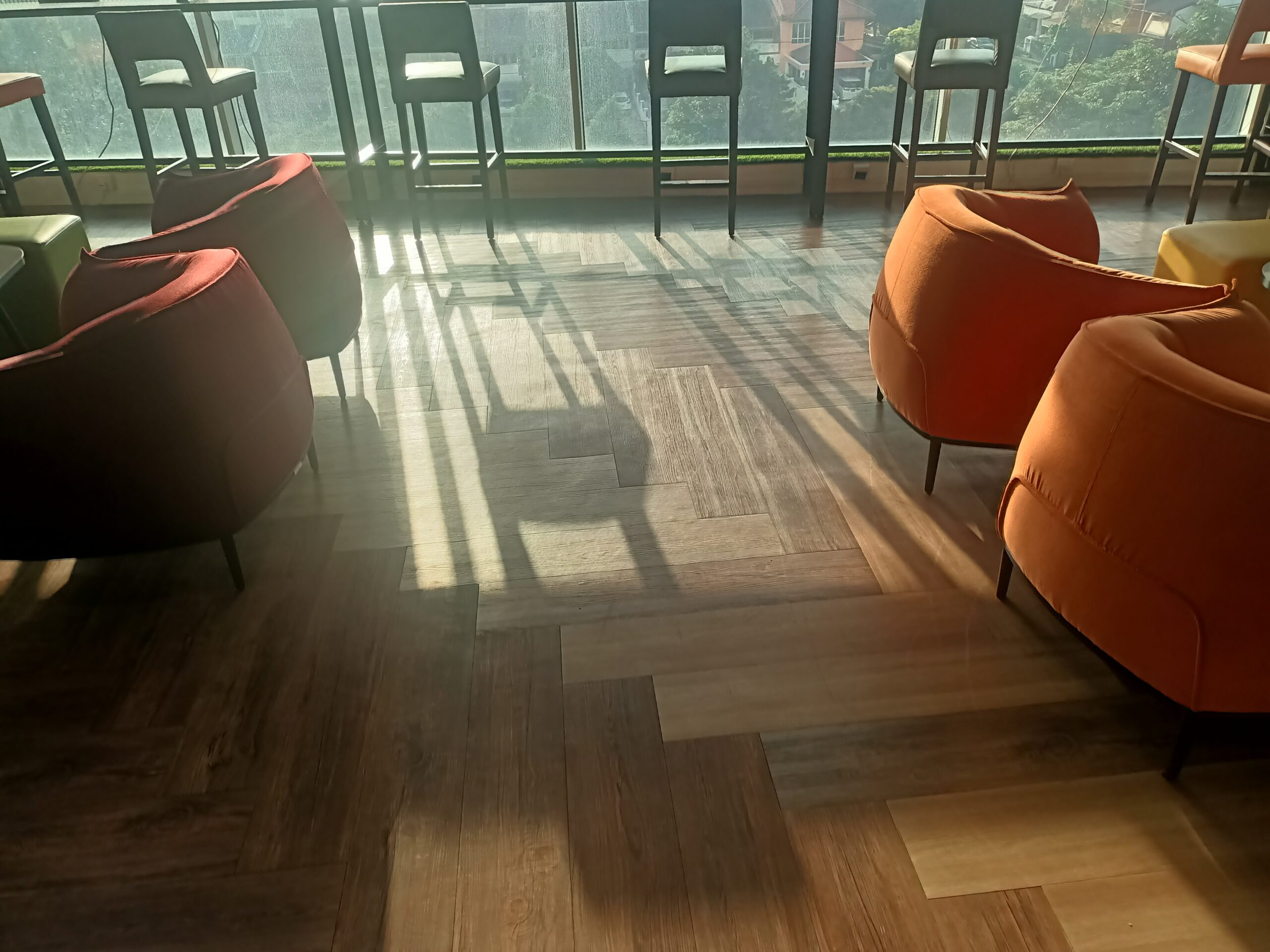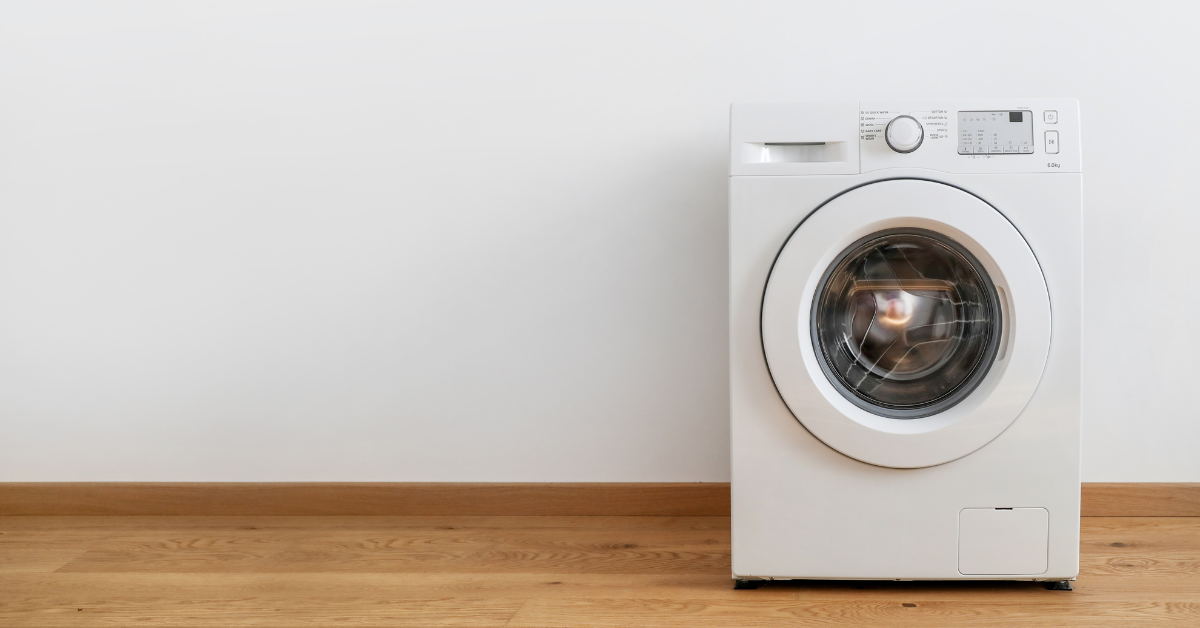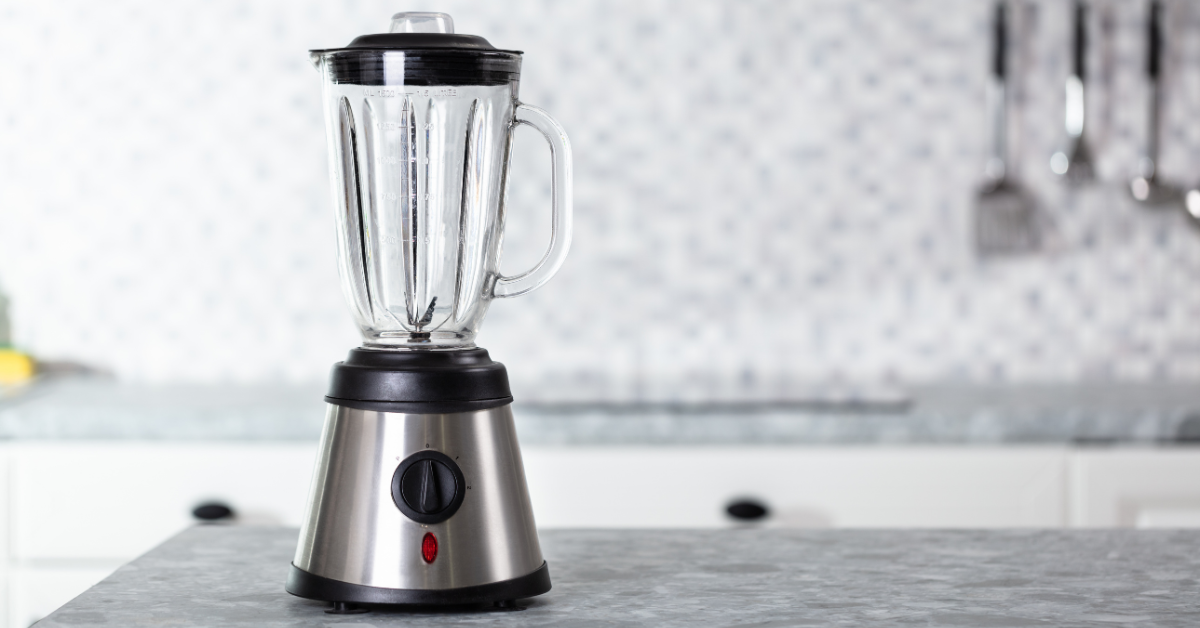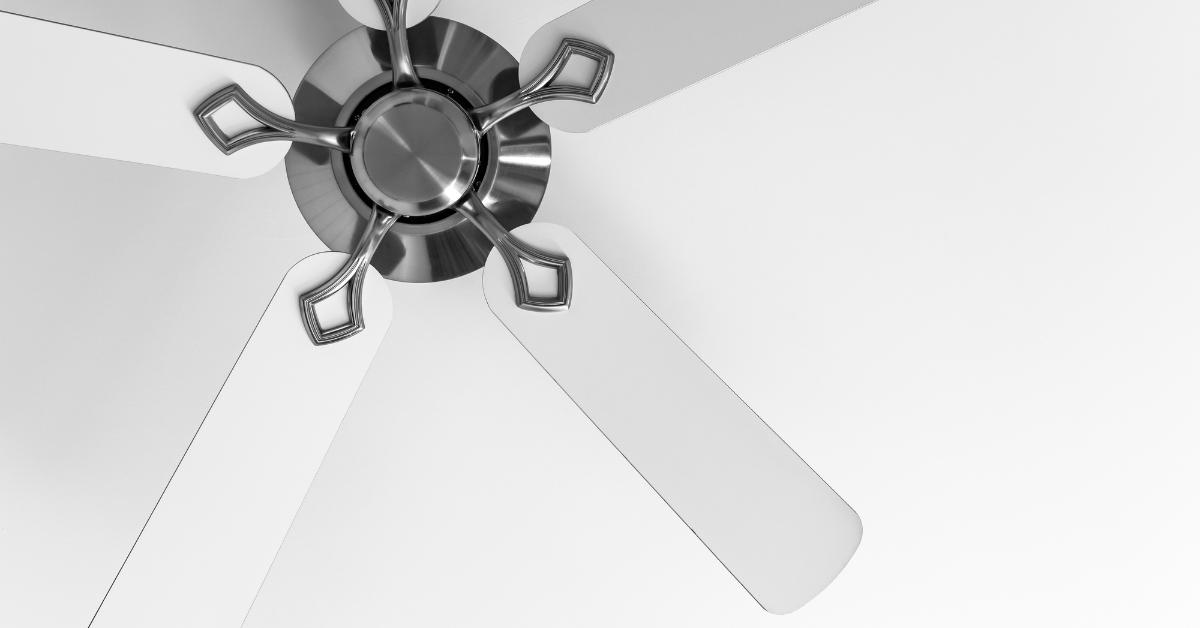A squeaky floor is annoying and disturbs the peace at home. So, why do you have a squeaky floor?
Quick answer – Squeaky floors happen due to movement and compression between materials as you walk across your floor. Old wooden planks, substandard materials, loose materials in between planks, , and expanding wood due to humidity can often be culprits.
This common issue isn’t something you need to put up with. The reasons why you have a squeaky floor are usually simple, and so are the ways to fix.
In this article, we’ll look at the reason for a squeaky floor, how you can fix it, as well as some recommended products and FAQs.
Skip to:
Reasons for a squeaky floor
Old wooden planks
Older floors tend to get noisier over time as the wood ages.
Wood naturally shrinks and expands with changes in temperature and humidity:
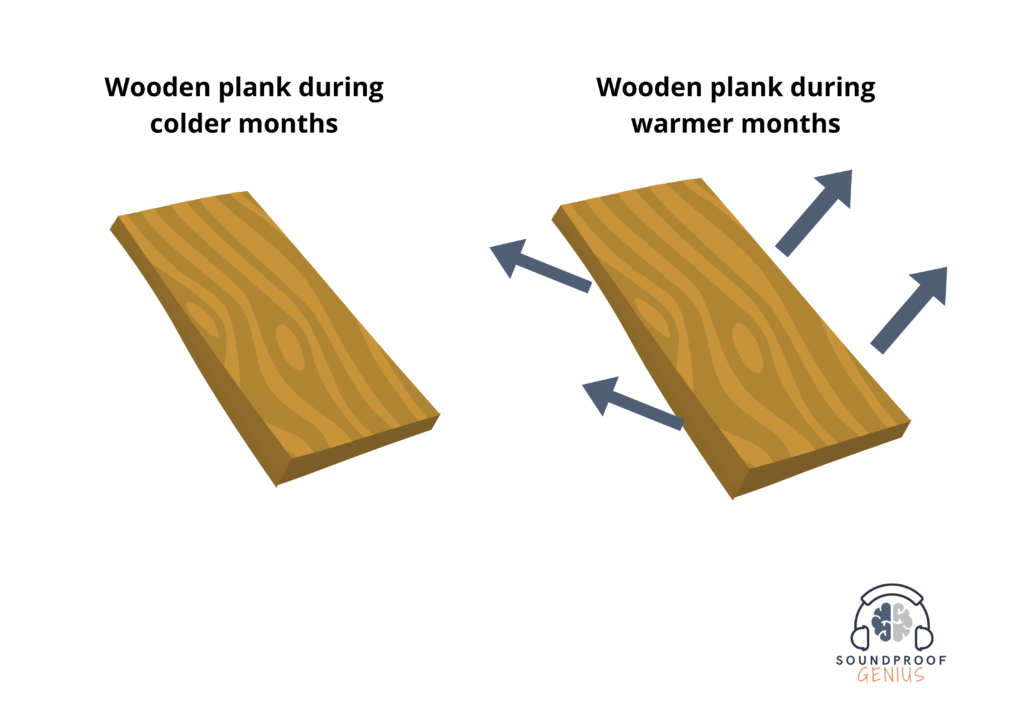
This can cause wooden floor planks to rub against nails or other components, creating squeaks and creaks.
As you can see from our illustration above, when the temperature and humidity rises in summer, this can cause wood to expand. Wood expands across the grains rather than in a longitudinal direction. According to the woodworking knowledge hub, Workshop Companion:
“There’s nothing you can do to stop radial and tangential movement. As long as there’s weather, the boards will continue to shrink and swell.”
You may want to replace your the problematic floorboards, and – skip to: Adjust humidity levels
Poor construction
Your floor might squeak due to subpar construction or finishing work:
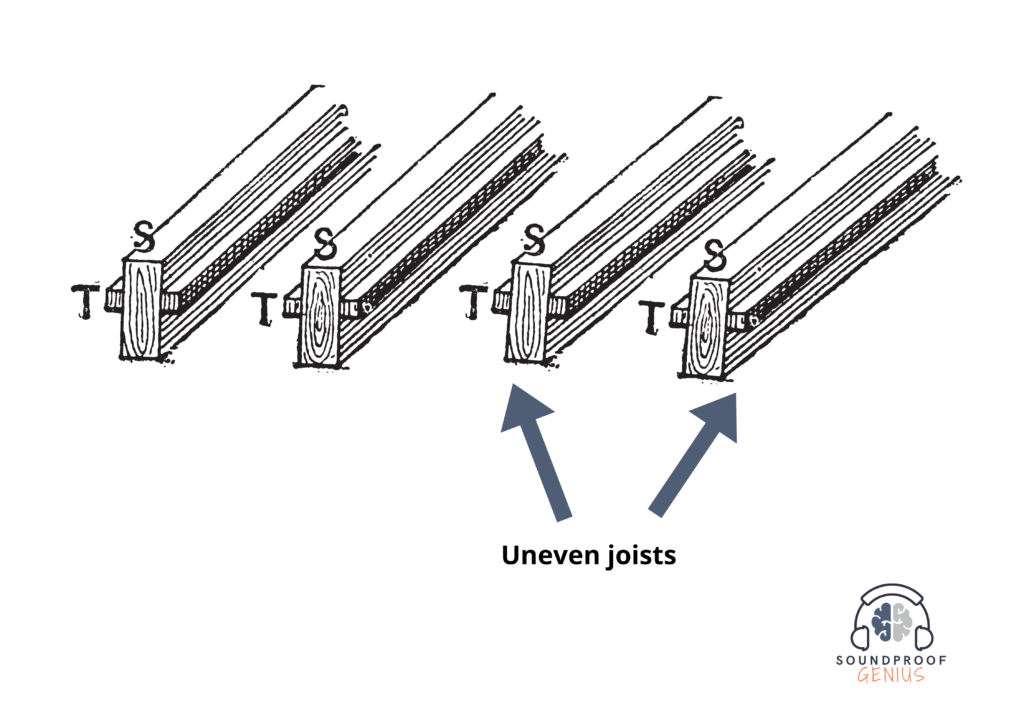
If floor joists are bent, twisted or installed unevenly, they can move and compress against other materials.
Improper nailing during installation also leads to squeaking.
Construction issues like these allow components to rub together instead of fitting tightly in place.
Skip to: Secure boards to problematic joists
Loose materials
Particles like dust, dirt and debris can accumulate between floor components over time.
This prevents the components from fitting snugly together. When you walk across the floor, the loose components vibrate against each other, causing friction and squeaky noises.
Skip to: Clean between boards
Inadequate adhesives
Glue, nails and adhesives hold floor materials in place so they don’t rub together when compressed.
As these fastening agents age, they can deteriorate or come loose. This allows movement between components, resulting in squeaks and creaks.
Skip to: Inspect and fasten floorboards
Have you just mopped?
Certain types of flooring – such as tiles or laminate flooring – can make a squeaking noise underfoot when you have just mopped the floor.

Much of the time, this can be due to the type of formula you are using to mop the floor. This is a problem you can overcome with non sticky floor cleaner.
Ways to fix a squeaky floor
In many cases, you can eliminate squeaky floor sounds with simple DIY solutions:
Clean between boards
Before doing any heavy work, take the chance to clean between your floorboards.
Vacuum between floorboards to remove dirt, debris and particles. You can also use compressed air to blow out debris (wear eye protection).
Eliminating gritty particles prevents abrasive sounds when the boards compress.
Inspect and fasten floorboards
This should be your next step. Examine each floorboard and refasten any that are loose. A common issue is loose nails or floors that haven’t been screwed don’t at all into the joists below.
If you have a carpet, take up the carpet first.
Screw down any warped or warped planks. You can also apply construction adhesive to connect or reconnect detached boards. See the video below for some excellent advice:
Tighten everything you can to eliminate gaps so that components don’t rub together.
Add shims if needed
Use thin wooden shims to fill any spaces between floorboards and joists.
Tap shims into gaps with a hammer to create a tighter fit. The shims prevent movement and compression which leads to squeaking.
Secure boards to problematic joists
If you cannot spot any loose elements on the surface of your flooring, or any gaps which need addressing, or you have already remedied these issues, the squeaking could be an issue with your subfloor.
A board such as a 2×4 can be secured to any warped joists and the subfloor above with adhesive. It can then be screwed to the joist with adhesive:
Lubricate joists and subfloor
If the issue means you need to access thre subfloor, use the opportunity to lubricate.
Apply powdered graphite or talcum powder to the top of floor joists and subfloor before relaying floorboards.
The lubrication allows components to slide quietly instead of squeaking when they interact.
Install weather stripping
Is the squeaking or creaking from your flooring coming from next to the wall or near a doorway?
This can happen if the subfloor rubs against other materials.
Install foam weather stripping along the perimeter to cushion contact points and reduce friction noises.
Adjust humidity levels
This is a way to help prevent a squeaky floor, or stop squeakiness from getting worse.
Since wood swells and shrinks with moisture changes, maintaining 40-50% relative indoor humidity can minimize floor noise.
Use dehumidifiers or humidifiers as needed to control conditions. Stabilizing humidity helps the floor remain quiet.
Are your stairs squeaking or creaking too? Check out this article on fixing noisy stairs
Recommended products
If you want to take on a DIY squeaky floor project, these products can help:
Construction adhesive
Construction glue forms a super-strong bond to keep floor components tightly connected, preventing movement and squeaks. The waterproof adhesive works on wood, drywall, concrete and more.
Wood glue
Wood glue offers superior strength, flexibility and water resistance to attach wood flooring for a noise-free fit. It’s ideal for tongue and groove flooring.
Powdered graphite lubricant
Apply dry graphite powder between floorboards during installation or refastening. The slippery lubricant allows quiet sliding motion when compressed. It’s a great squeak remedy.
Wrap tape
This strong adhesive tape with sound-damping coating is ideal for refastening loose subfloor panels. Apply between joists and subfloor to create a tight, quiet bond.

